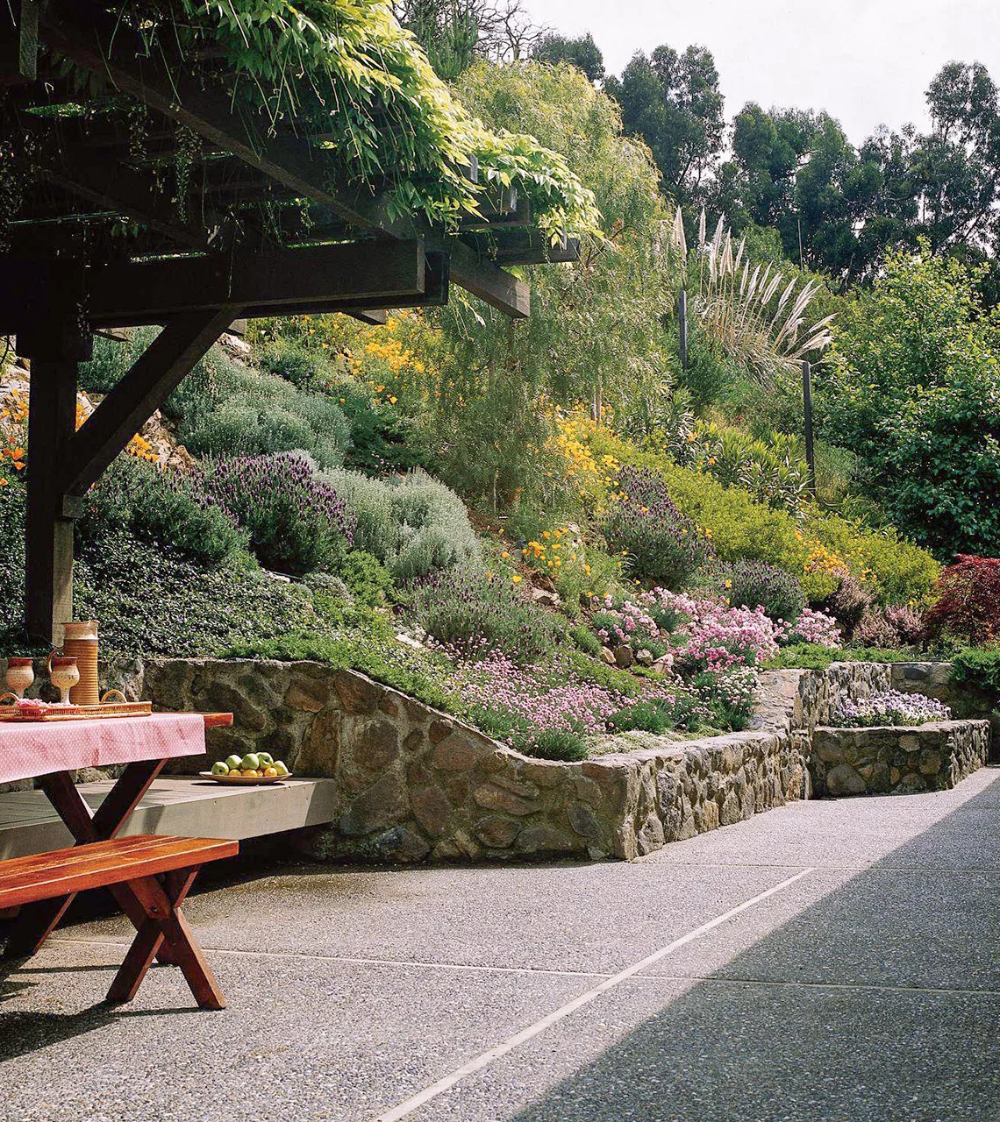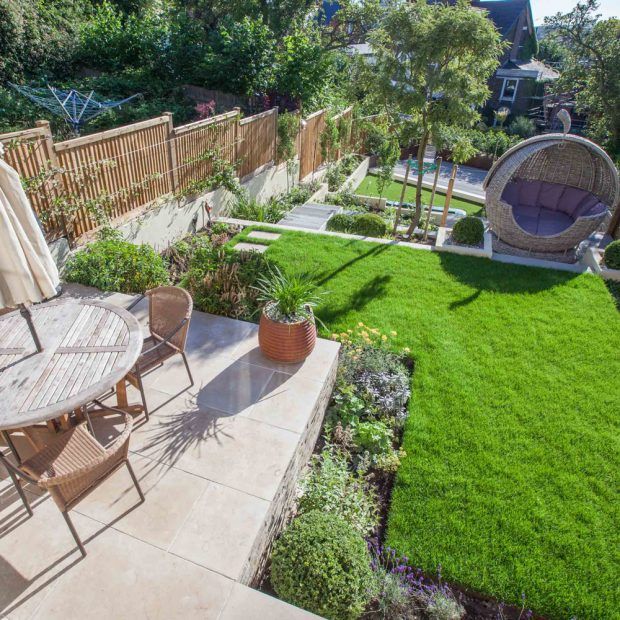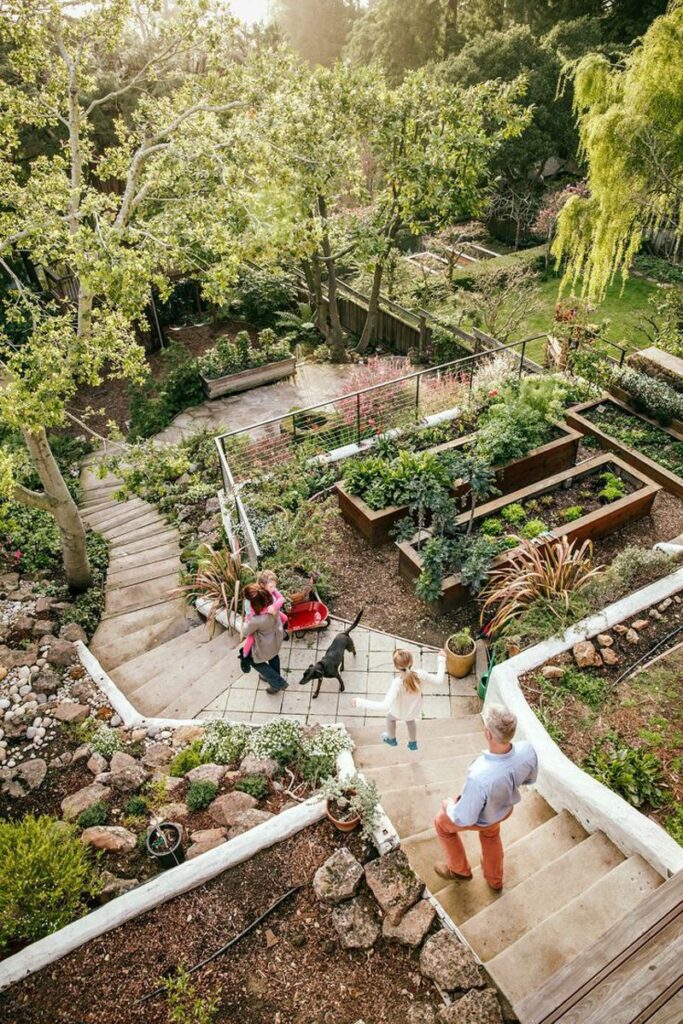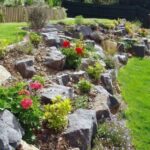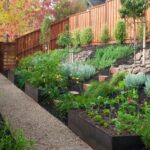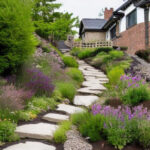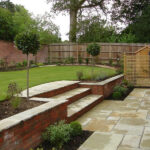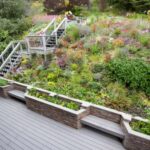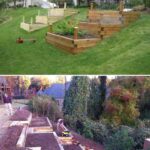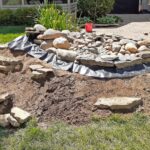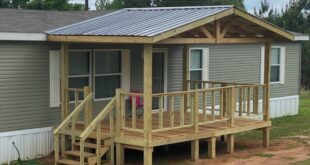Gardens come in all shapes and sizes, and sometimes that includes dealing with slopes in the landscape. While flat gardens may seem easier to design, gardens on a slope can provide unique challenges and opportunities for creative landscaping. Here are some tips for creating a beautiful and functional garden on a slope.
First, consider the natural slope of the land. Understanding the topography of the site is essential for creating a successful garden design. By studying the slope, you can determine how water flows and where erosion may occur. This information will help you make informed decisions about plant placement, retaining walls, and drainage systems.
One way to make the most of a sloped garden is to create terraced levels. Terracing involves creating multiple flat areas on a slope, which can be used for planting different types of vegetation or creating seating areas. This technique not only adds visual interest to the garden but also helps to prevent erosion and stabilize the soil.
When selecting plants for a sloped garden, it’s important to choose species that can thrive in the specific conditions of the site. For example, plants with deep root systems are ideal for retaining soil on a slope, while ground covers can help prevent erosion. Additionally, selecting plants with varying heights and textures can create a visually appealing landscape design.
Incorporating hardscaping elements, such as retaining walls, steps, and pathways, can also enhance the functionality and aesthetic of a sloped garden. Retaining walls can help to level the land and create flat areas for planting, while steps and pathways provide access to different parts of the garden. These features can add structure and definition to the landscape design.
Another important consideration when designing a sloped garden is water management. Proper drainage is essential for preventing erosion and waterlogging on a slope. Installing rain gardens, French drains, or swales can help direct water away from the garden and prevent soil erosion. Additionally, using permeable paving materials for pathways and patios can help reduce runoff and promote water infiltration.
Overall, designing a garden on a slope requires careful planning and consideration of the site’s unique characteristics. With the right techniques and materials, a sloped garden can be transformed into a beautiful and functional outdoor space that complements the natural landscape. By incorporating terraced levels, selecting appropriate plants, adding hardscaping elements, and implementing effective water management strategies, you can create a stunning garden design that thrives on a slope.
 yishifashion Where Outdoor Dreams Become Reality
yishifashion Where Outdoor Dreams Become Reality
